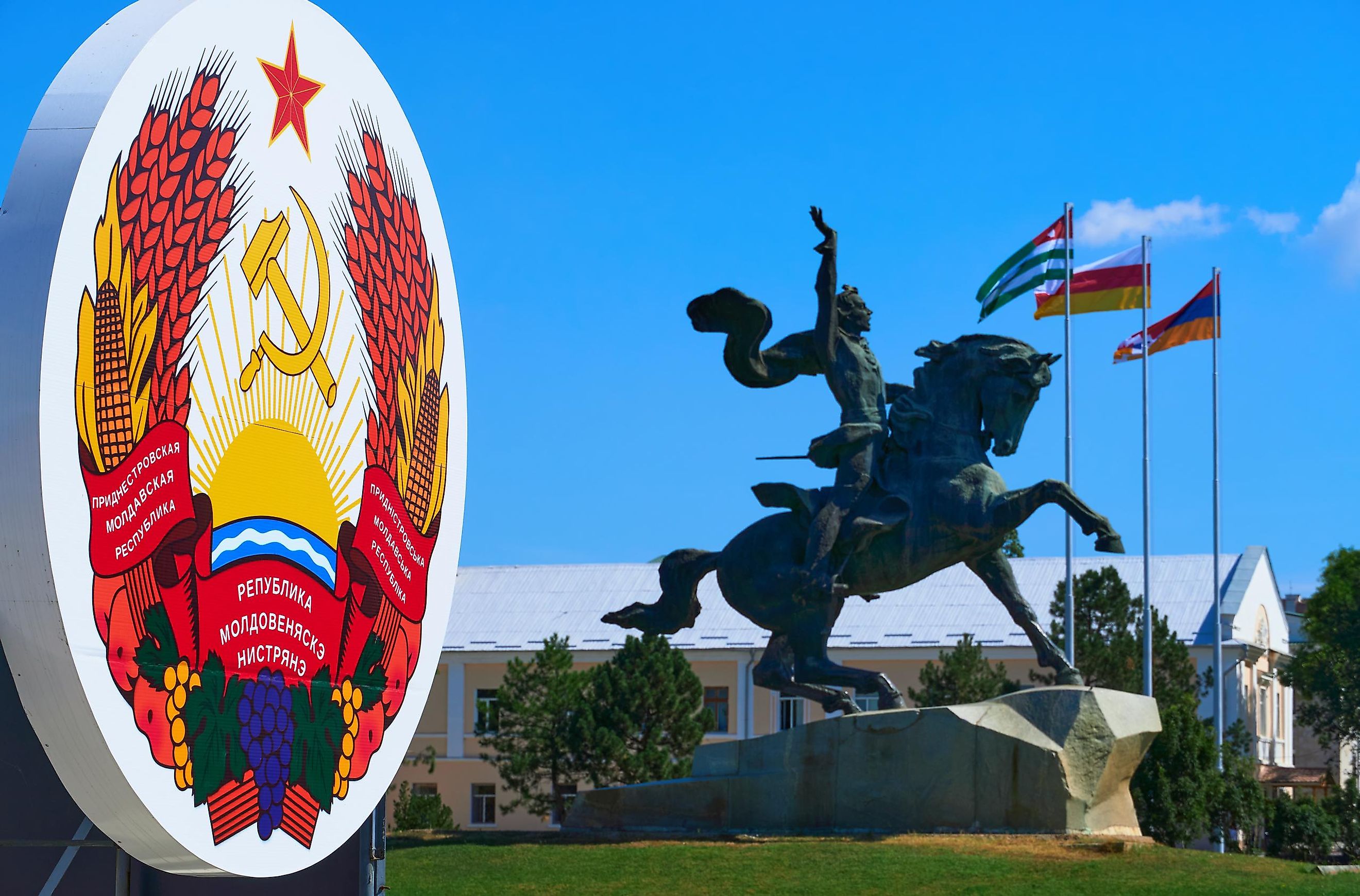
Transnistria, Moldova and Russia's War In Ukraine
Since Russia launched its full-scale invasion of Ukraine in February 2022, significant attention has been paid to arguably Europe's most forgotten country. Consistently ranked amongst the poorest on the continent, Moldova has been thrust into the spotlight over the fear of the country being invaded next by Russia. Many of these worries can be attributed to the de-facto autonomous state within Moldova's internationally recognized borders, the Russian-sponsored and supported Transnistria, also known as Pridnestrovia or Transdniestria.
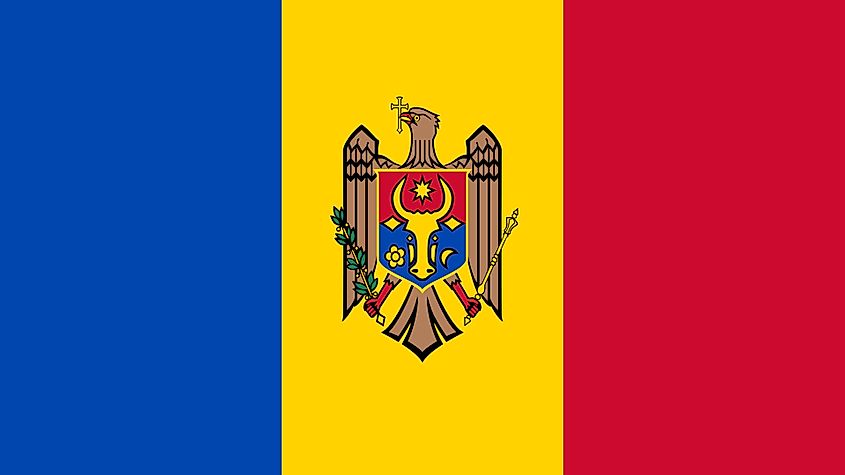
A Brief History of Moldova and Transnistria
To provide some necessary context, modern-day Moldova encompasses about two-thirds of the historical region known as Bessarabia. Until 1812, it was ruled by the Ottoman Empire, after which the Russian Empire took control. Following a brief unification with Romania after World War One, Moldova was annexed by the Soviet Union (USSR) in 1940. However, after the breakup of the USSR in the early 1990s, Moldova became independent for the first time in history.

Moldova's Russian-speaking minority had long felt threatened by the Romanian-speaking majority. These fears were amplified in the years leading up to independence because of a law banning Cyrillic from being taught in Moldovan schools in 1989. These worries were further heightened upon independence due to talks about another possible unification with Romania. Thus, the Pridnostriavian Moldovian Republic (or Transnistria) declared independence in 1992, resulting in a civil war in which the Russian Armed Forces backed the Transnistrian army. A cease-fire was declared later that year, with Russian soldiers remaining in the now functionally independent Transnistrian state. Since then, Transnistria has made numerous overtures towards Russia, most notably following the annexation of Crimea in 2014, when the head of the Transnistrian parliament asked to join the Russian Federation. The full-scale invasion of Ukraine has thus increased the possibility of this union, --or an invasion, as the rest of Moldova sees it.
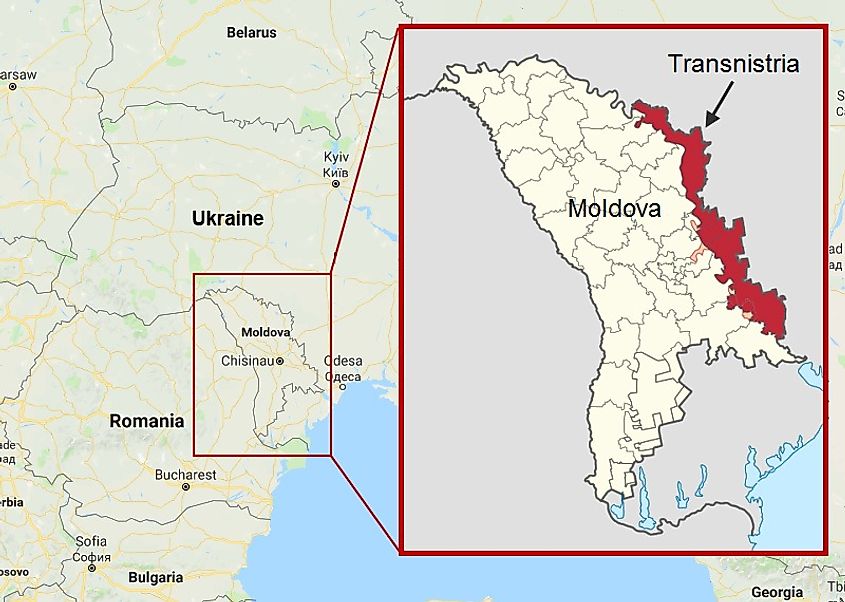
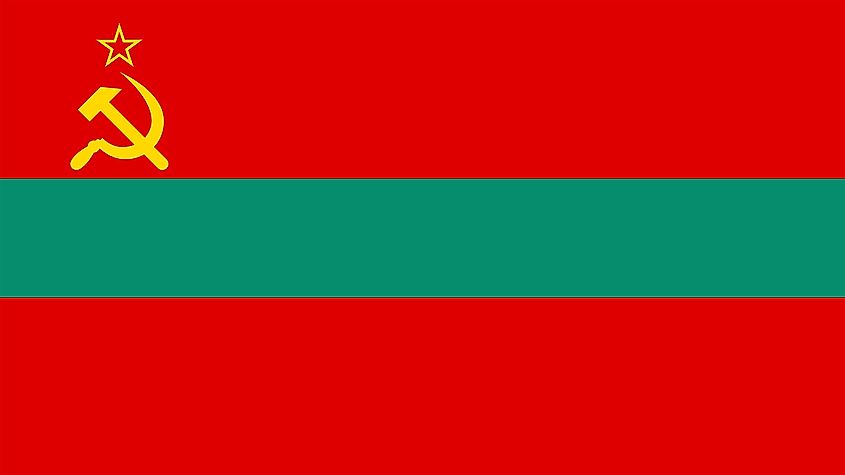
The Impact of the War in Ukraine on Moldova and Transnistria
On April 25th, 2022, two months after the beginning of the invasion, explosions were heard at the Transnistrian Ministry of State Security, resulting from an apparent grenade attack. Later that afternoon, the Tiraspol (the capital of Transnistria) airport was attacked by what appeared to be a drone. Two radio antennas close to the Transnistrian city of Maiac exploded the following day. On October 31st, 2022, missile debris fell on the northern Moldovan town of Naslavcea, damaging 21 houses. Missile debris once again landed in Moldovan territory on December 5th, this time in the city of Briceni. All these incidents have been blamed on Russia trying to destabilize the region, with the end goal possibly being to open another front via Transnistria.
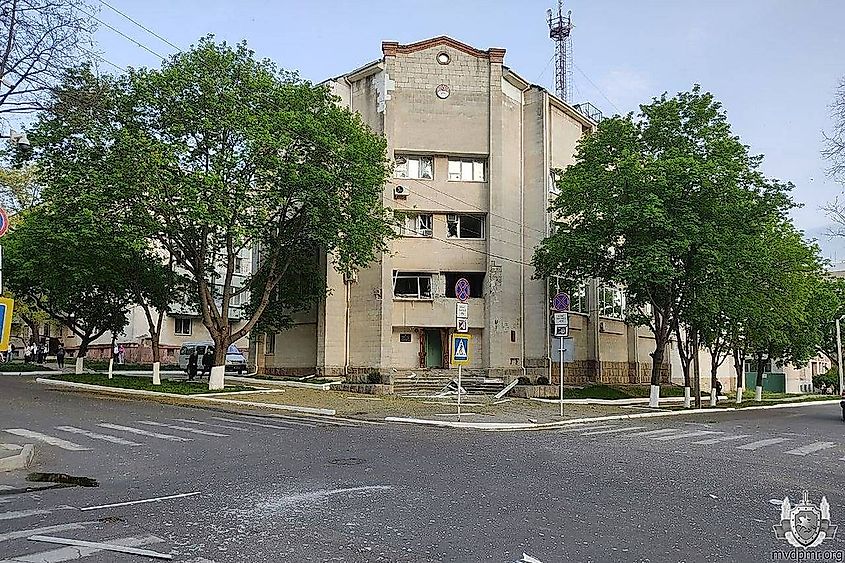
Moldova has faced other war-based challenges. For instance, on November 15th, 2022, power outages occurred throughout the country due to attacks on Ukrainian energy infrastructure, upon which Moldova is heavily reliant. Despite subsequent deals with Romania and the utility company Energocom to purchase more electricity, fears of future outages persist.
The war has also unleashed political unrest and general fear. Despite being more Western-leaning than Transnistria, significant portions of Moldova's political sphere and population are sympathetic to Russia. Thus, when pro-Russia former President Igor Dodon was arrested in May 2022 for high treason, accusations of political targeting were levied at the pro-Western Moldovan government. Furthermore, fears of a full-scale invasion have only increased since a Russian General's comments in April 2022 stating that controlling southern Ukraine could allow Russia to build a land bridge to Transnistria--the supposed rationale being to "protect" the Russian-speaking minority from the Romanian majority.
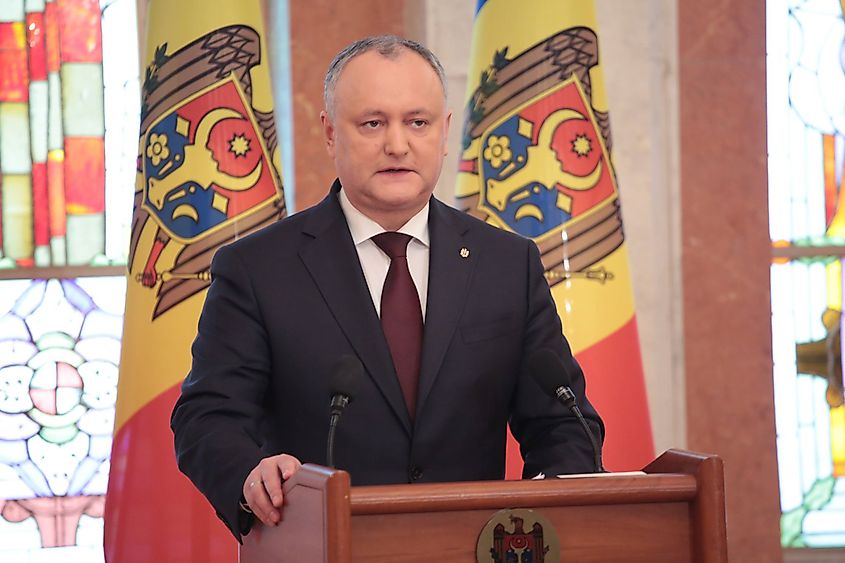
All these events loom under the shadow of Moldova, Transnistria, and Russia's fraught history. Transnistria's frequent overtures towards Russia could provide a cover for Vladimir Putin's imperial ambitions. Furthermore, primarily due to its complicated relationship with Russia and the West, Moldova is not part of the North Atlantic Treaty Organization (NATO)--meaning that an invasion would not necessarily prompt military retaliation.
Now what?
Making predictions is often a fruitless endeavor, particularly when it comes to a war as frequently misunderstood by Western observers such as this one. Regardless, it is clear that this often-forgotten part of Europe requires closer attention. Indeed, further investigations into the Moldovan, Transnistrian and Russian relationship will likely reveal crucial nuances about the war and Eastern Europe as a whole.











